Equity Mezzanine
Mezzanine forms of financing are a mixture of equity and debt. Mezzanine capital can be granted similar to equity (so-called equity mezzanine) in the form of profit participation rights, certificated profit participation certificates or silent participations. Convertible bonds and bonds with warrants are also possible. Mezzanine capital, which is granted in the form of subordinated, participatory loans or shareholder loans, on the other hand, has the character of outside capital and is usually recognized in the balance sheet as a liability (so-called debt mezzanine).
Classical lenders, as well as banks, usually add the mezzanine to the economic equity, as it does not reduce the potentially available collateral. An increase in equity does not affect the creditworthiness for lenders. As a result, after mezzanine capital has been contributed, the credit line can be increased, which in turn allows more favorable mixed financing (see below).
The minimum mezzanine volume is, as a rule, at least 500,000 euros as a result of the higher transaction costs compared to the classic loan (more time-consuming examination of the borrower due to a lack of collateral). The more complex check often takes the form of an external rating or a comprehensive presentation of the mezzanine recipient incl. Multi-year planning. A detailed multi-year plan, which includes the time of the planned mezzanine repayment, is particularly important for growth-oriented companies. High-growth companies reinvest their generated cash flows so that these are generally not available for repayments.
The design options for mezzanine capital are less heavily regulated by law than, for example, share capital, so that flexible financing solutions are possible, in particular with regard to terms (usually between 7 and 10 years), termination options (e.g. if the mezzanine recipient is in consequently falls below a previously defined equity ratio), interest rate, profit and loss regulations or repayment modalities. However, it is precisely these points that determine how the invested capital is viewed in terms of liability and tax law (equity or debt capital). Securitized securities that can be traded on a public market (stock exchange) (in Germany e.g. profit participation certificates) are subject to prospectus liability and approval by the Federal Financial Supervisory Authority (BaFin).
Mezzanine donors are often private equity companies, banks and special mezzanine funds. The mezzanine donors, for their part, largely refinance themselves through borrowed capital or pass on the loans granted to investors in bundles in the form of securitisations.
